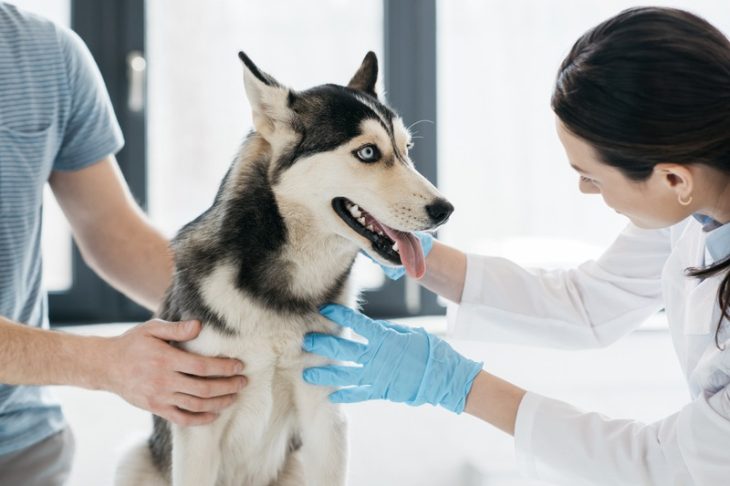Vet emergencies can be demanding and daunting, especially when the reason for the problem is not quickly noticeable. Imaging procedures are essential in identifying the underlying concern and providing exact and prompt therapy, ultimately enhancing the chances of a positive outcome for the animal.
Let’s talk about the different imaging procedures used in veterinary emergencies and their importance for providing the most effective care to the patient.
What Are the Imaging Techniques Used in Vet Emergencies?
Several imaging methods have been created to aid in detecting human conditions, and most of these have been adapted for pet use. Many imaging methods deliver much information by non-invasive and affordable means and, simultaneously, do not change the disease procedure or cause unwanted discomfort to the pet.
Here are some standard imaging procedures utilized in veterinary medicine:
X-ray Imaging
X-ray Imaging (radiography) is the most typical imaging technique utilized in vet practices. It is used to produce pictures of bones, foreign objects, and huge body cavities and is usually utilized to detect fractures, tumors, injuries, infections, and defects. Although radiographs may not offer enough information to determine the exact cause of an animal’s problem, they can assist the veterinarian in determining which other examinations might be required to diagnose.
You can visit www.bgvets.com to learn about other emergency vet services you can get for your pet.
Ultrasonography
Veterinary ultrasonography is a crucial, non-invasive diagnostic method enabling professionals to see what is occurring within your pet’s body in real time. Ultrasound is generally essential in extensively diagnosing disorders of the heart, liver, kidneys, gallbladder, spleen, and other internal organs. It is also generally utilized by specialists like an emergency vet Lexington, KY, for stomach and cardiac problems. Ultrasound-guided (fine needle aspirates) for cytology and pathological assessment are included in the procedure.
Computed Tomography (CT)
Computed tomography (CT) is a digital X-ray imaging innovation that utilizes a narrow beam of X-rays to promptly rotate around a patient’s body, developing signals that the machine’s computer processes to develop cross-sectional photos, or “slices.” Tomographic scans may give more data than X-rays. The equipment’s computer can “pile” many slices to produce a three-dimensional (3D) image of the patient, making it simpler to determine essential elements and suspected cancers or anomalies.
You can check this page for more veterinary diagnostic techniques.
Magnetic Resonance Imaging
Magnetic resonance imaging (MRI) is vet medication’s most sophisticated imaging solution. MRI creates accurate photos of inside structures and identifies minor irregularities that radiography and CT scans can not. MRI is the only imaging technology in specific disease processes to give a dependable diagnosis. It is likewise the safest imaging strategy for analyzing the spine and the gold standard of diagnostic imaging for brain and spinal cord diseases.
Nuclear Medicine Imaging
Nuclear imaging (scintigraphy) is a branch of radiology that provides crucial diagnostic data that can not be taken from other imaging procedures. It includes providing a small dosage of a radioactive substance (radionuclide, radiotracer, or radiopharmaceutical) to the patient, which is then taken up into certain tissues to produce gamma rays (electromagnetic waves comparable to X-rays). This gamma camera finds these rays and utilizes them to create an image.
Nuclear imaging is a powerful diagnostic solution because it is organ- and tissue-specific and evaluates organ framework and function. Other imaging treatments can only examine the composition, but nuclear imaging can find the disease at an earlier phase than physiological imaging procedures can.
Conclusion
Imaging methods in vet emergencies are crucial for precise diagnosis and treatment, as they permit vets to determine and situate internal injuries or ailments without invasive procedures. If you believe your pet has an emergency, contact a vet immediately. They have the training and resources to provide optimum care for your animal buddy.



